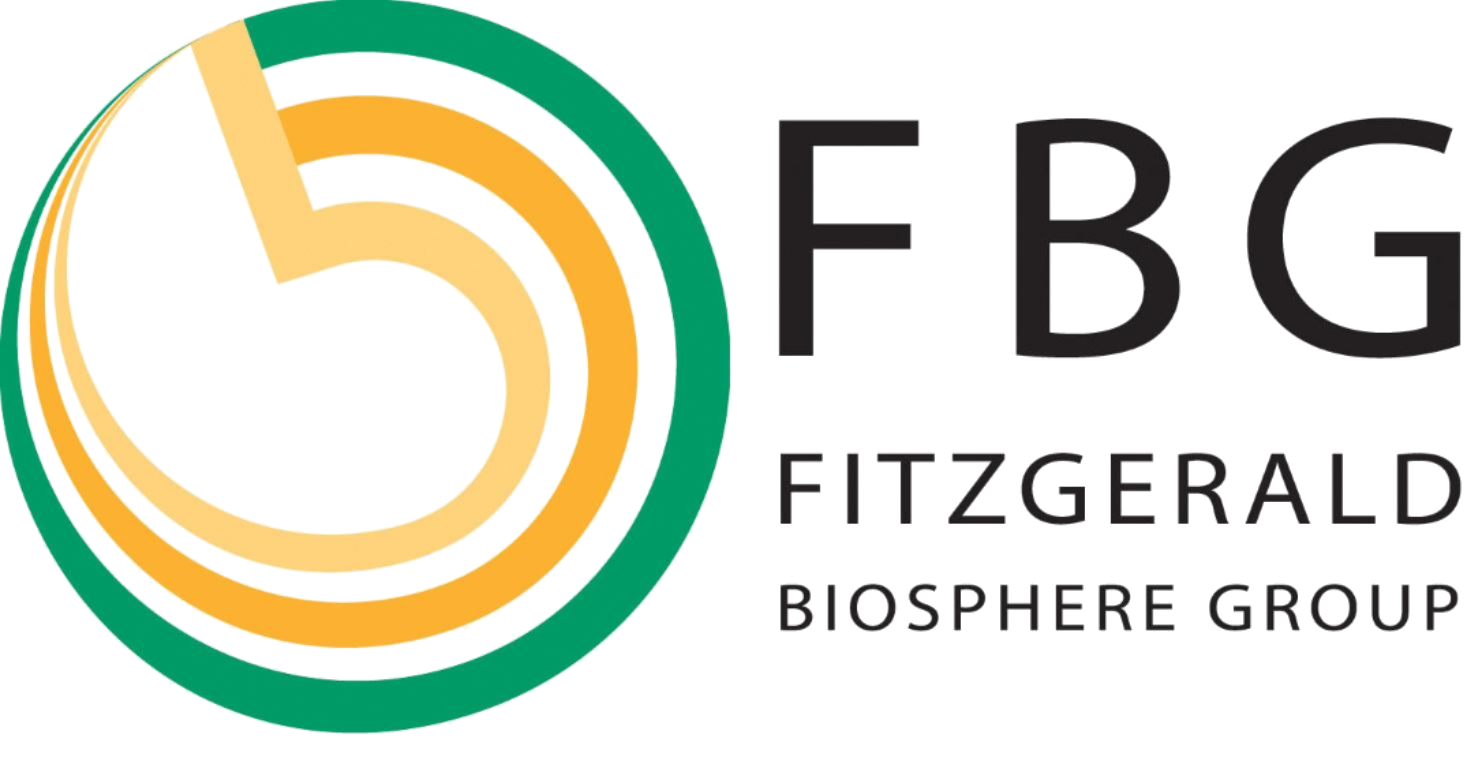Trialling dryland natural rubber production in the WA Wheatbelt
Timeframe: May 2016 to July 2017
Funding source: Agricultural Sciences Research and Development Fund, administered by the Western Australian Department of Primary Industries and Regional Development
Project Coordinator: Dr Henry Brockman, Department of Primary Industries and Regional Development, Albany.
FBG Support: Leonie McMahon
Summary
The main objectives of this project were to demonstrate whether or not Guayule rubber Parthenium argentatum could be produced in a dryland system in the WA Wheatbelt and to raise awareness of its potential as an alternative, sustainable cash crop for farmers in the region.
A three-hectare trial site was established in Gairdner on sandy-loam soils. A second site at Many Peaks was established and used as a nursery as well as a trial site. Combinations of direct seeding and seedling transplant were carried out during three separate seeding windows (May 2016, August to October 2016 and April to May 2017).
In each seeding window issues were experienced with low seed germination and establishment rates, and with high weed and insect burdens. The problems with seed viability and vigour were investigated in greenhouse trials, as was optimal soil temperature for germination. Drip irrigation was installed to assist with establishment at both trial sites. The issues could not be overcome in the available project timeframe and the decision was made in June 2017 to end the trial early.
Project details and outcomes
The main trial site located at Gairdner had three components: direct seeding, seedling transplant and control (irrigation). The second nursery site at Manypeaks was a sandy pasture paddock. Both sites were sprayed out several times to reduce the weed burden. Drip irrigation was established and about 500 greenhouse grown seedlings transplanted to the Many Peaks site.
The first direct seeding attempt occurred at the Gairdner site, later than ideal, in May 2016, when the soil temperature was between 10-12 degrees Celcius. No germination was observed. Subsequent experimentation with germination temperatures indicated that soil temperatures should be above 17 ⁰C for seed germination.
Three seeding attempts were carried out in August, September and October 2016 at the Many Peaks site. No germination was observed on the first two occasions and low germination occurred on the third. The final direct seeding attempt occurred in April to May 2017 at Gairdner. During the same period greenhouse germinated plants were transplanted to both sites, under irrigation. Germination and establishment were deemed too low to continue the trial.
The key issues experienced throughout the trial were:
An exceptionally extended wet and cold autumn, winter and early spring for the first season (2016).
Weed burden and insect attack (including wingless grasshoppers, weevils, snails) in spite of several regular herbicide and fungicide applications.
Low seed viability and vigour:
A fox chewing through driplines.
The following recommendations were made for future reference:
Trial management. The project manager should be in close proximity to the trial site to oversee and react quickly to emerging issues (such as those experienced with insect pests and weeds). The project manager needed dedicated assistance. Receipt of funding should occur well prior to optimal seeding times.
Site selection. Site selection is crucial – trial sites should to be part of a regular cropping rotation to prevent weed seed build up.
Irrigation. Supplementary irrigation for the first six weeks from seeding is most likely needed to enable successful germination and establishment (seeding end Feb/first week in March). The alternative is establishment through transplants.
Seed viability. In 2016, greenhouse germination rates showed only 30% of the seed was viable and that the vigour of germinating seedlings was poor. Higher germination rates (greater than 60%) and adequate seed quantities are required for successful dryland establishment. Producing locally adapted seed is thus of the utmost importance. Successful establishment of some plants at the irrigated site at Manypeaks will enable the production of seed for future trial work.
Agronomy. More work needs to be done on the overall agronomy of Guayule before further investigations into dryland production. For example, test results carried out during the trial indicated that soil temperatures should be above 17 ⁰C for seed germination.
Coated seed. The Guayule seed used for sowing in the trial was coated before import to Australia. Coated seed showed lower germination rates than when the coat was dissolved.
